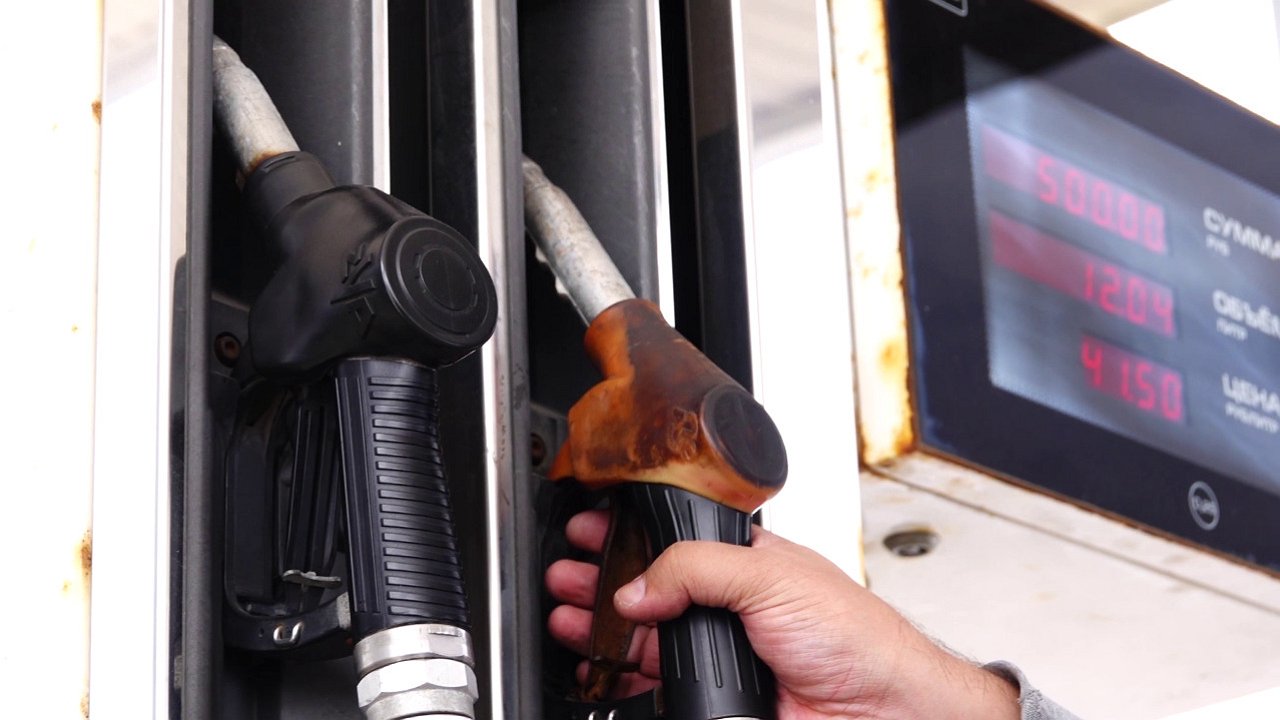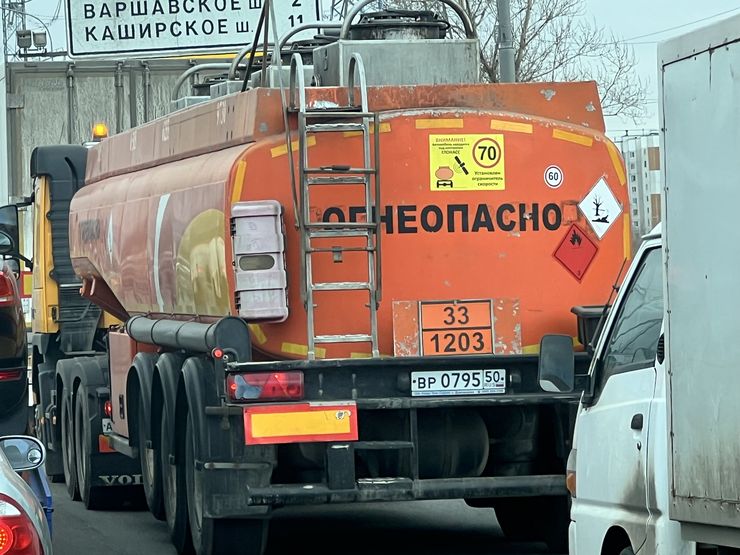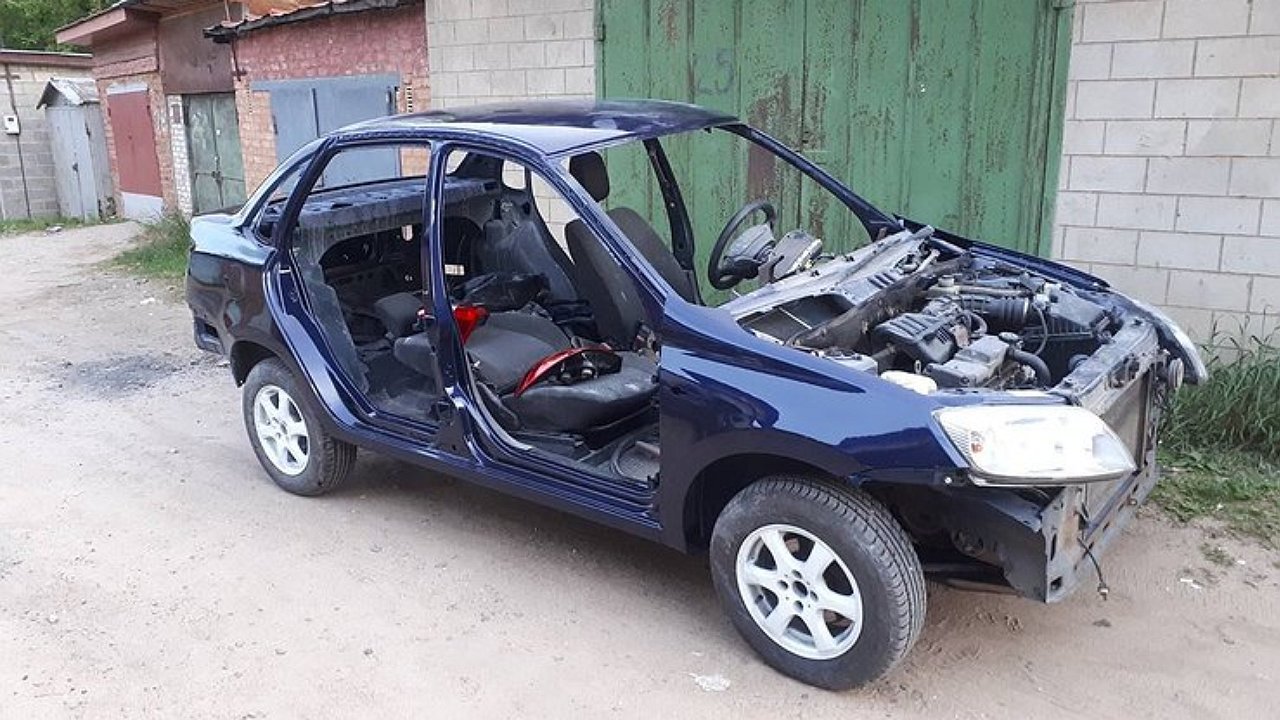Since the end of winter, authorities and economists have regularly reminded of the sharp fall in Russian budget revenues and possible ways to supplement it. At the moment, according to the AvtoVzglyad portal, the government of the Russian Federation is beginning to suck the resources it lacks from all improvised sources, including the fuel market. And that means from us – car owners.
As you know, the oil and gas revenue of the Russian budget was already small from the very beginning of 2023, and on February 5, the European Union also imposed an embargo on the purchase of our motor fuel. Despite the generally unsuccessful attempts to shift Russian oil exports from Europe to Asia and Latin America, revenue from this revenue line for the treasury has fallen. And the price ceiling for our hydrocarbons introduced by the collective West is also making itself felt. As a result of these and a host of other factors, the Russian budget received less than 4 trillion rubles in the first three months of 2023. ruble.
The government rushed to search for hitherto unrecorded revenue. This gave rise, among other things, to the idea of focusing on the domestic Russian ‘oil sector’. To do this, the Ministry of Finance of the Russian Federation, through the mouth of its chief Anton Siluanov, proposed to halve the payments under the fuel damper at once.
Recall that this mechanism appeared in Russia in 2019 in response to a sharp rise in retail prices for automotive fuel. Then fuel prices skyrocketed in Europe and Russian oil companies sent their products to Western markets to make extra profits. And they did it so famously that there was a shortage of fuel in the country, which led to a rise in prices at domestic gas stations.
It was then that the idea of a “fuel damper” was born in the government offices. It comes down to the following. If motor fuel prices in European markets are higher than in Russia, the budget pays extra to oil refiners for domestic sales of gasoline and diesel fuel at relatively low prices. But when our prices are higher, the oilmen pay all the budget for super profits by working in the domestic market.
For example, in 2022, as part of this mechanism, the Russian treasury has “sallotted” an insane 2.2 trillion rubles to oil refiners and traders. rubles: three times more than a year earlier. However, in March of this year they received one and a half times less than in March 2022 – about 96.7 billion rubles. If this trend continues, by 2023 the already deficient budget of the country will have to sponsor the oil industry with about 1.5 billion rubles.
Even if it was already missing 4 billion a month ago, as we mentioned above. And since February, Russia has stopped supplying fuel to the West at all. At least not directly. That is, from a formal point of view, the damper mechanism has basically lost its meaning.
– Currently, the damper is basically going to the margin of oil refiners. Today it is 8,000 rubles per ton, before it was less than 2,000 rubles per ton. If you look where it comes from, you can see right away – through the muffler. It turns out that we pay the margin to oil refineries from the budget,” says Siluanov.
He believes that by halving payments, the budget will save about 30 billion rubles a month. What this will lead to is obvious even without deep knowledge of economics. Having lost such significant sums, the oilmen will act as usual: “without any agreement”, but at the same time they will begin to increase the selling price of a liter of fuel at gas stations to a level that will compensate for their “lost” income .
If we accept that the “damper ration” of oil workers will be reduced by 4,000 rubles per ton of fuel, they will compensate by increasing retail prices by at least 3 rubles per liter. As a result, prices for the cheaper AI-92 will even exceed 50 rubles per liter. In such a simple way, the authorities get into the pockets of millions of car owners. And this will happen around the second half of the summer – while all people are relaxing in dachas and resorts and will not be very enthusiastic about the next massive rip-off.
As you know, the oil and gas revenue of the Russian budget was already small from the very beginning of 2023, and on February 5, the European Union also imposed an embargo on the purchase of our motor fuel. Despite the generally unsuccessful attempts to shift Russian oil exports from Europe to Asia and Latin America, revenue from this revenue line for the treasury has fallen. And the price ceiling for our hydrocarbons introduced by the collective West is also making itself felt. As a result of these and a host of other factors, the Russian budget received less than 4 trillion rubles in the first three months of 2023. ruble.
The government rushed to search for hitherto unrecorded revenue. This gave rise, among other things, to the idea of focusing on the domestic Russian ‘oil sector’. To do this, the Ministry of Finance of the Russian Federation, through the mouth of its chief Anton Siluanov, proposed to halve the payments under the fuel damper at once.
Recall that this mechanism appeared in Russia in 2019 in response to a sharp rise in retail prices for automotive fuel. Then fuel prices skyrocketed in Europe and Russian oil companies sent their products to Western markets to make extra profits. And they did it so famously that there was a shortage of fuel in the country, which led to a rise in prices at domestic gas stations.
It was then that the idea of a “fuel damper” was born in the government offices. It comes down to the following. If motor fuel prices in European markets are higher than in Russia, the budget pays extra to oil refiners for domestic sales of gasoline and diesel fuel at relatively low prices. But when our prices are higher, the oilmen pay all the budget for super profits by working in the domestic market.
For example, in 2022, as part of this mechanism, the Russian treasury has “sallotted” an insane 2.2 trillion rubles to oil refiners and traders. rubles: three times more than a year earlier. However, in March of this year they received one and a half times less than in March 2022 – about 96.7 billion rubles. If this trend continues, by 2023 the already deficient budget of the country will have to sponsor the oil industry with about 1.5 billion rubles.
Even if it was already missing 4 billion a month ago, as we mentioned above. And since February, Russia has stopped supplying fuel to the West at all. At least not directly. That is, from a formal point of view, the damper mechanism has basically lost its meaning.
– Currently, the damper is basically going to the margin of oil refiners. Today it is 8,000 rubles per ton, before it was less than 2,000 rubles per ton. If you look where it comes from, you can see right away – through the muffler. It turns out that we pay the margin to oil refineries from the budget,” says Siluanov.
He believes that by halving payments, the budget will save about 30 billion rubles a month. What this will lead to is obvious even without deep knowledge of economics. Having lost such significant sums, the oilmen will act as usual: “without any agreement”, but at the same time they will begin to increase the selling price of a liter of fuel at gas stations to a level that will compensate for their “lost” income .
If we accept that the “damper ration” of oil workers will be reduced by 4,000 rubles per ton of fuel, they will compensate by increasing retail prices by at least 3 rubles per liter. As a result, prices for the cheaper AI-92 will even exceed 50 rubles per liter. In such a simple way, the authorities get into the pockets of millions of car owners. And this will happen around the second half of the summer – while all people are relaxing in dachas and resorts and will not be very enthusiastic about the next massive rip-off.
Source: Avto Vzglyad
Donald Salinas is an experienced automobile journalist and writer for Div Bracket. He brings his readers the latest news and developments from the world of automobiles, offering a unique and knowledgeable perspective on the latest trends and innovations in the automotive industry.















